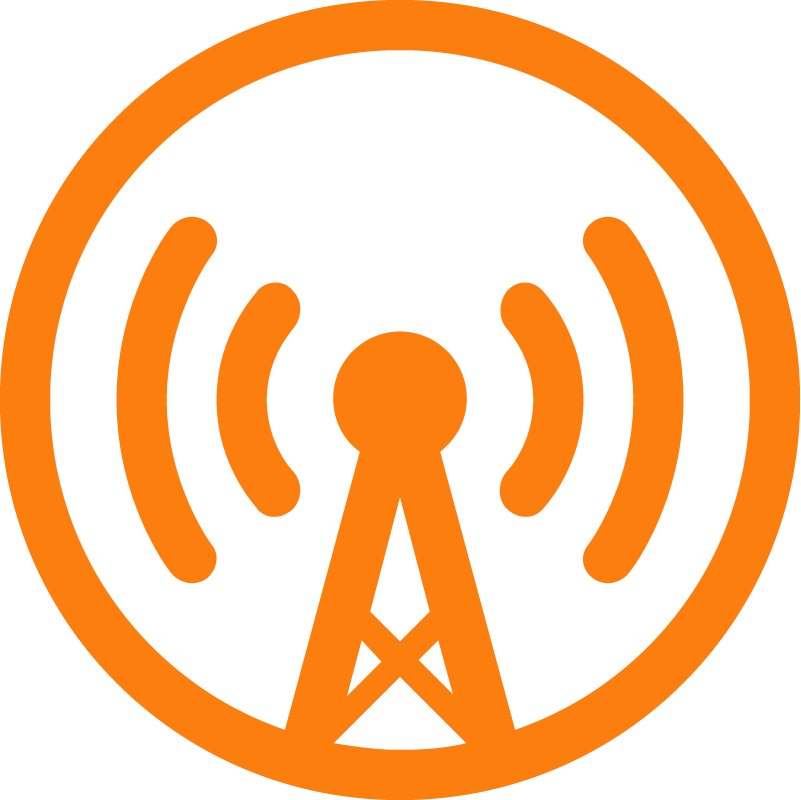26. May 2021
The Job to Be Done – JTBD
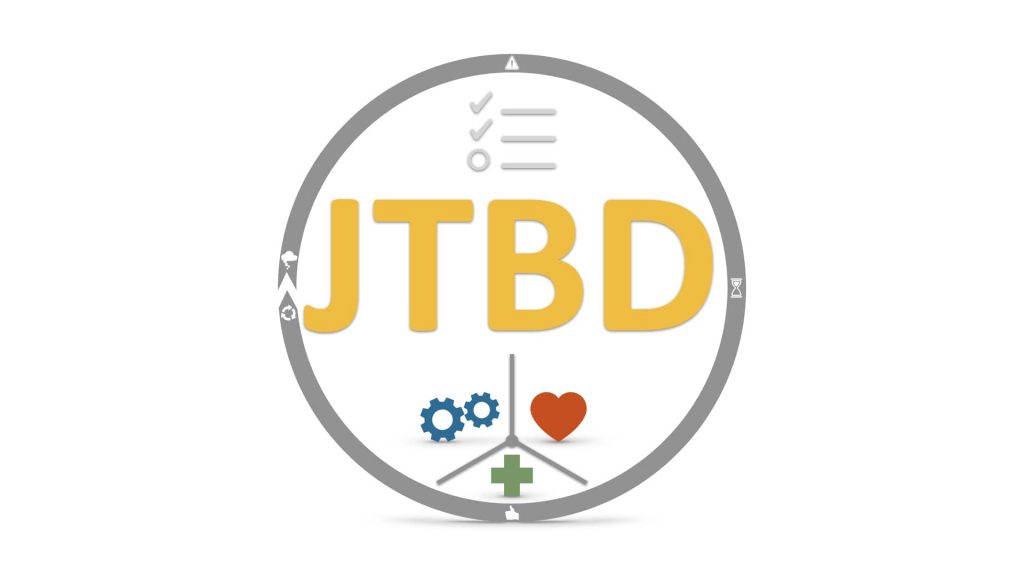
What is a JTBD?
A Job to Be Done, or customer job, describes how people want to make progress in specific situations – whether business or personal.
Listen everywhere there are podcasts:
Listen directly to I+U Season 2 Episode 016 (German language) here
00:00:00 Intro
00:00:47 JTBD Definition
00:01:05 Job Examples
00:01:53 Good JTBD Descriptions
00:02:52 Overcome the Problem Solution Gap
00:03:48 Get out
Hiring a drill?
Good examples of such JTBD might be: help me get a hole in the wall; or help me hang a picture; or help me live more nicely; or help me be considered a good DIYer and so on.
For all these JTBD I could hire a drill to do it completely or at least make some progress. But I could just as easily have hired something else entirely.
So jobs can have functional, emotional or social dimensions.
Jobs have functional, emotional and social dimensions
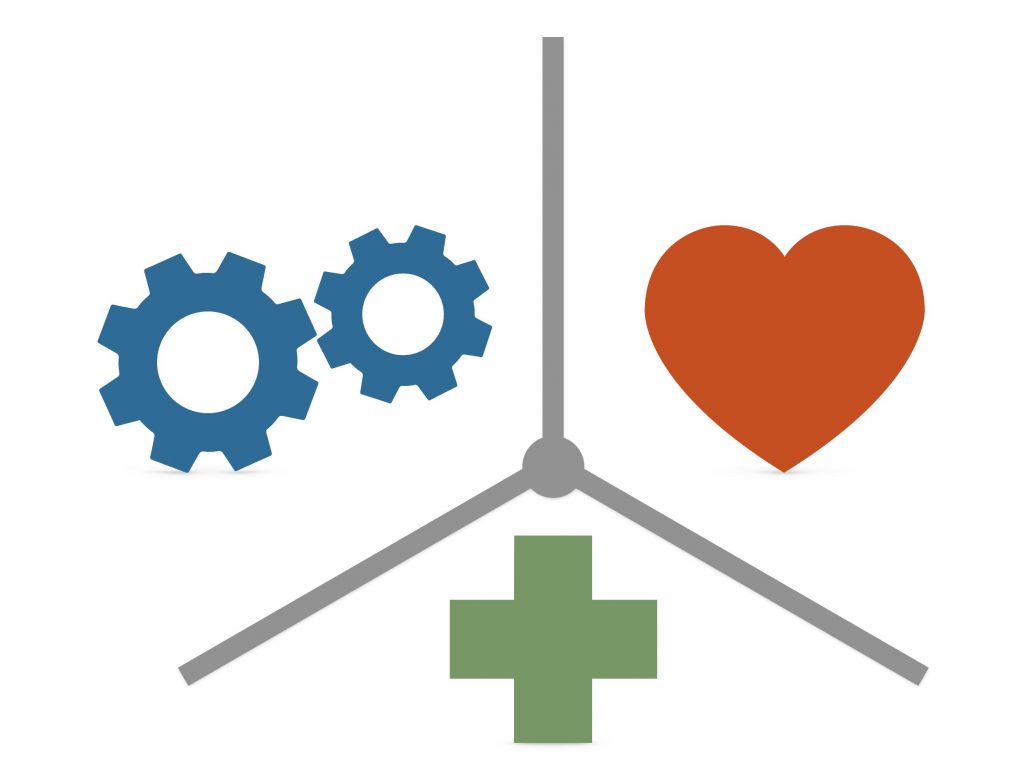
It is important to understand the job and especially the circumstances in which it occurs as precisely as possible. The exact description of a job shows under which conditions people permanently change to new behaviour patterns, solutions, products, services or brands.
Describing customer jobs – with three central elements
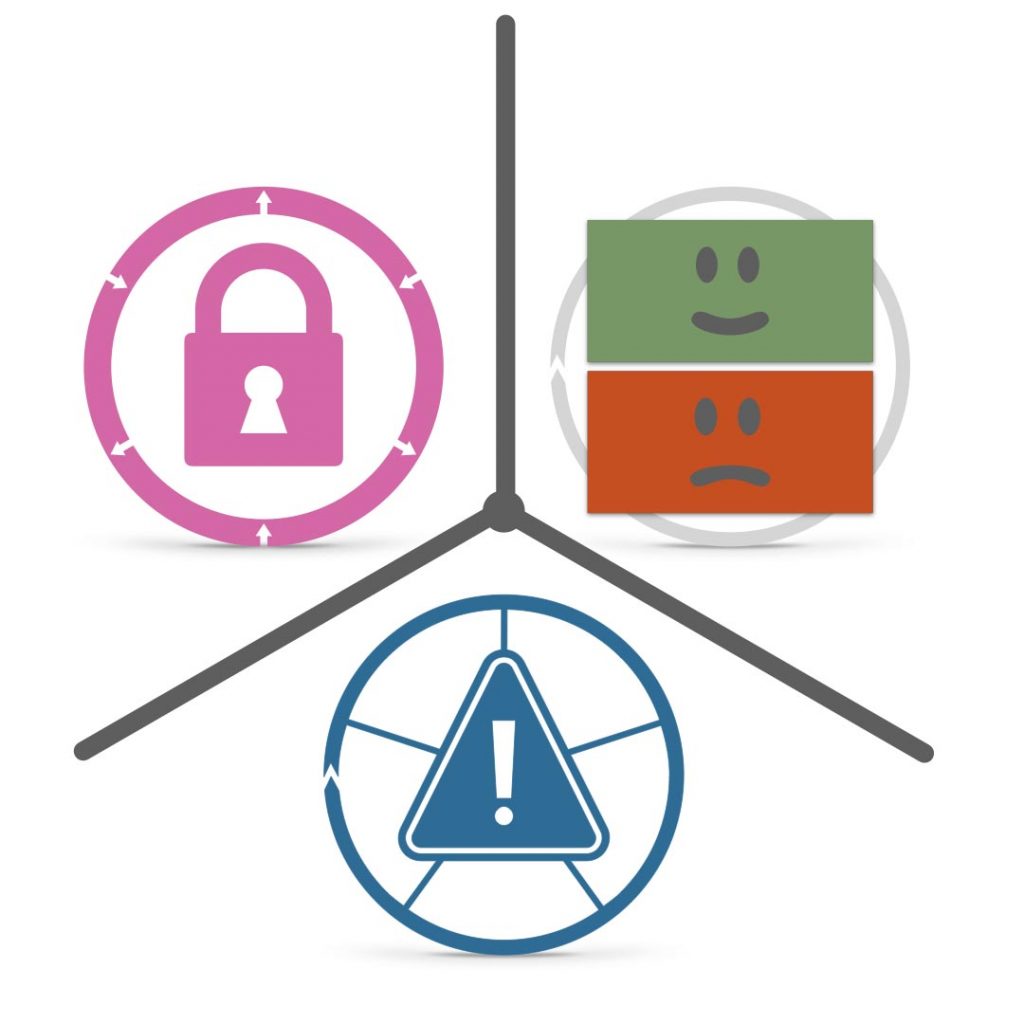
Describe the Job to Be Done accurately
Events are usually divided into up to 5 different categories, forces into up to 8, limiting context into up to 3 categories.
So that it does not become too complex, the rule of thumb applies here too: as much as necessary, as little as possible.
See and understand the whole picture: JTBD Canvas
Helps you describe client jobs as simply as possible and as accurately as necessary: The Wheel of Progress® Canvas
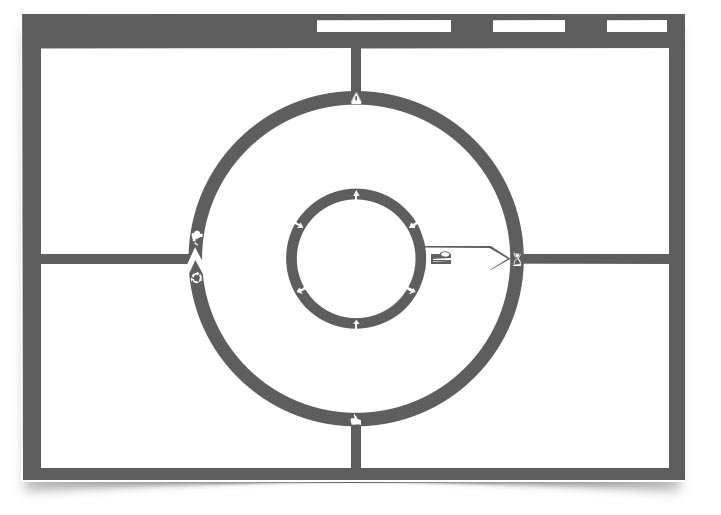
The Jobs Glasses
The perspective of the Jobs glasses helps to break down the invisible wall between the supplier perspective and the customer perspective, to make the problem-solution gap a little more surmountable, which is the reason why a high multi-digit percentage of all innovations fail. In future, ask yourself more often: For which job did you actually commission a certain product? Or for which job your customers hire your product…
More episodes on this right here
- In episode 03 of the first season we discuss the JTBD theory in detail
- In this episode, Sonja Knab from Burda Forward talks about JTBD in corporate market research.
- Episode 40 of the first season is about the successful implementation of JTBD.
- Here Nils Wloka reports on his practical experience with Jobs to be Done and The Wheel of Progress® in the development of new products.
- Peter Rochel gives an introduction to the JTBD mindset, language and methodology in this free video for the portal Meine Kundenbrille.
Here is the complete transcript of the podcast episode
What exactly is a job to be done?
Yes, the term alone is a bit confusing, to clarify a bit here in advance.
The terms used are job, customer job, progress, JTBD or job to be done or jobs to be done.
When I speak of one of these terms here and now, I always mean a job to be done in the sense of the Jobs to Be Done theory and nothing else.
Well, a Job to Be Done, what is that anyway?
A Job to Be Done describes how people want to make progress in concrete situations and it doesn’t matter whether it’s business or personal.
Good examples of such a Job to Be Done could be: Help me to get a hole in the wall or help me to hang a picture or help me to live nicer or help me to be considered a good handyman and so on.
So you see, jobs in this sense can have functional, emotional or social dimensions.
For all these jobs or Jobs to Be Done, I could hire a drill to do it, the job, completely or at least make some progress on it.
Aber ich hätte genauso gut etwas ganz anderes einstellen können.
This means that jobs always have different solutions and each product can do different jobs.
It is important to understand the job and, above all, the circumstances in which it arises, as precisely as possible.
Because a precise description of this job shows you exactly under which conditions people permanently change to new behaviour patterns, solutions, products, services or brands.
For such a precise description of a Job to Be Done, which is particularly good to work with, there are always three elements, namely events, forces and limiting context.
Events can usually be divided into up to five different categories, forces into up to eight categories and limiting context into up to three.
Here, too, as with all things, so that it doesn’t get too complex, the rule of thumb is as much as necessary, as little as possible.
Job descriptions, for example, can be presented particularly well on a canvas such as The Wheel of Progress® .
Well, what’s the point of all this?
The Jobs to Be Done perspective alone helps you break down that invisible wall between the provider perspective and the customer perspective.
So, making the problem-solution gap a little more surmountable, because that is responsible for a high multi-digit percentage of all innovations failing.
So just put on these job glasses in your mind in the future and ask yourself for which job you actually commissioned a certain product that you are currently using, or even better, ask yourself for which job my customers commissioned it.
And that alone helps you to make the problem or so-called problem-solution gap a little more surmountable, namely that things are built that are solutions to problems that no human being has.
Well, and that’s all for today.
You can learn more about the jobs to be done theory in episode 3 of the first season, where I discuss the topic together with Eckhart Böhme.
If you have any questions about the topic or need help, feel free to contact me or listen to how, for example, the implementation of jobs to be done can look in a research management.
If you liked it, I’d be delighted if you gave it a few stars in the rating, for example on Apple Podcast.
Otherwise, sunny greetings and I hope to hear from you soon.


